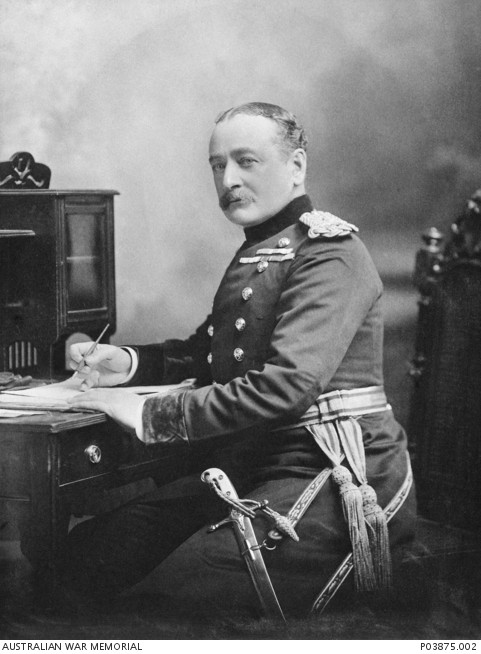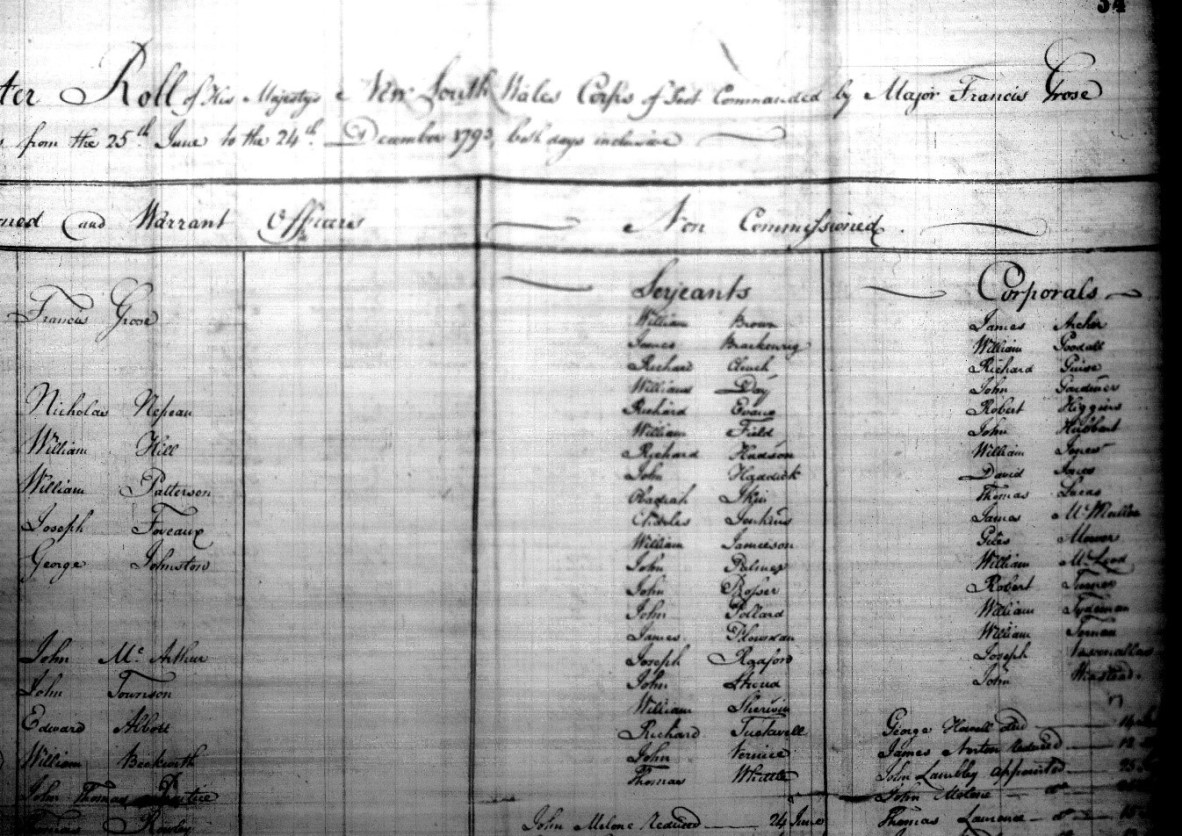There is something about a soldier in uniform. Is there one in your family who enjoyed a sojourn in colonial Australia?

Many British Army personnel had an unexpected sea trip to the antipodes in the 19th century, either to guard convicts or to keep order on the streets of colonial cities. Twenty-four British regiments spent time in Australia. Beginning with the First Fleet in 1788, British marines came as guards and enforcers. Commanded by Major Robert Ross, four companies of marines sailed with the First Fleet for Australia in 1789 and remained in the Colony until their relief by the New South Wales Corps in 1791. The NSW Corps, later the 102nd Foot, were raised to provide security in the new colony and became infamous as the “Rum Corps.”
Moreton Bay Penal Settlement was overseen by Captain Henry Miller of the 40th Regiment. Many more regiments of the British Army were sent in succeeding years. By 1870 the British regiments had returned to Britain or other colonial posts and local voluntary organizations took over. The coming of Federation in 1901 bought a new era, where the new Commonwealth took over responsibility for the Army, Navy and later, Air Force of the nation.
Undertaking a history of the military in colonial Australia involves understanding the distinction between British Army and local organisations (militia). Prior to Federation, each colony was responsible for its own defence. As the threat of rebellion or invasion raised its head from time to time, local settlers were encouraged to take up arms and be ready if needed. These were sometimes called “Loyal Associations”. Finding records for local militia is challenging, especially for rank and file soldiers. However, for the British Army regiments, there are many resources at State Library of Queensland that can be useful in pinpointing the career of your ancestors.
A research strategy for uncovering British Army colonial careers should begin with the full name of your ancestor and the regiment in which they served. When was that regiment in Australia? Where were they stationed? Regimental histories in published form are available in State Library collections and online. They can provide a rich history about the movements of the regiment.
Finding a pay list for the regiment when they were stationed in Australia will help provide details of the dates the ancestor served, what pay they received, and where they were stationed – for example; Bathurst, Goulburn or Windsor; or indeed, places of secondary punishment such as Moreton Bay and Port Macquarie. This information is part of the Australian Joint Copying Project (AJCP) microfilm. It includes records from the National Archives at Kew, England; that are relevant to Australian colonial history. State Library has handbooks to the AJCP microfilm reels, and many of the reels are in our collections. The records of the New South Wales Colonial Secretary also contain a wealth of information, particularly in relation to land grants or correspondence pertaining to military officers.

At State Library you can also use our family history resources and collections to trace the genealogy of the soldier to find what he and his family may have done in later life. State Library subscribes to online family history databases such as Ancestry (Library edition) and FindMyPast where there are various pension records such as those of the Chelsea Pensioners. The pensioner records often detail the reason that the army pension was granted, and in many cases, it is simply noted that the soldier was “tired and worn out.” Colonial military life was a hard life, with many occupational hazards.
Some sources that may be useful are listed below:
The British Army in Australia 1788-1870 : index of personnel / James Hugh Donohoe. Available: State Library South Bank Collection, Open Access, Micrographics, level 3 (FAMHIS 355.3520994 1996)
The colonial volunteers : the defence forces of the Australian colonies, 1836-1901 / Bob Nicholls. Available: State Library South Bank Collection Open Access, level 3 (G 994.03 1988 ).
A military bibliography for family historians : British units in Australasia / Ralph Sutton. Available: State Library South Bank Collection, Request then collect from level 3 (PAM 355.3520941 1988 ).
Dress and insignia of the British Army in Australia and New Zealand, 1770-1870 / R.H. Montague. Available: State Library South Bank Collection, Request then collect from level 3 (G 355.140994 1981).
State Library family history research guide : British Army in Colonial Australia
#NFHM
Christina Ealing-Godbold, Research Librarian
Eileen Dwane, Librarian
State Library of Queensland
More information
Family history - /research-collections/family-history
Family history eresources - /research-collections/information-collections/eresources/family-history-eresources-and-indexes
Ask Us - /plan-my-visit/services/ask-us
State Library events for National Family History Month
Births, deaths and marriages outside Registry dates, Thursday 22 August 2019, 11am-12pm – /whats-on/births-deaths-and-marriages-outside-registry-dates
Facebook ASK US family history hour
Monday 12 August 2019 10-11am –https://www.facebook.com/events/2357539377668733/
Tuesday 27 August 11am-12pm –https://www.facebook.com/events/680993645697240/
Comments
Your email address will not be published.
We welcome relevant, respectful comments.